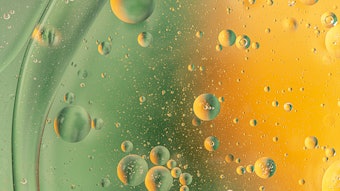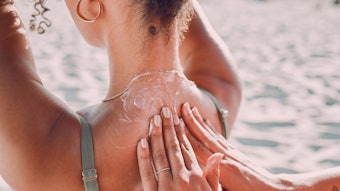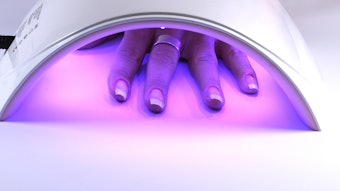
Skin cells can sense and integrate signals from ingredients to combat environmental stress, in turn regenerating from within to improve skin cellular response.
This and other research was presented by the Estée Lauder Companies during the 2019 Society for Investigative Dermatology Meeting (SID), held in Chicago from May 8-11. Among the presentations were new findings on the importance of sirtuins in skin cell activity, and how they relate to environmental signals and circadian rhythm; plus the antioxidant efficacy of eucalyptus.
Sirtuins in Skin
According to Lauder researchers, increasing evidence has demonstrated the importance of sirtuins in longevity, metabolism and control of stress. They function primarily as NAD-dependent deacetylases, although two of the seven have ribosyl transferase activity. The collapse of local chromatin results in the modulation of transcriptional programs involved in metabolism and inflammation.
However, the present work showed it was possible to combine ingredients such as flower and algae extracts with a ferment to activate Sirt-1, -3 and -6, respectively. This led to increased activity in 62-year-old skin fibroblasts. Specifically, skin cells could sense and integrate signals given by a eucalyptus extract to combat environmental insults such as increased oxidative stress and inflammation, and decreased barrier function.
Eucalyptus Defense
In relation, Eucalyptus globulus extract was identified as having significant antioxidant activity, and could help to defend against oxidative stress from pollution, UV or blue light. E. globulus, also known as Tasmanian bluegum or Southern bluegum, is a widely cultivated evergreen tree native to Australia. Previous studies had characterized its pharmacological benefits including antibacterial, antifungal, anti-inflammatory, antioxidant, antitumor and antihistaminic.
“The Estée Lauder Companies’ R&D team is at the forefront of understanding the impact that environmental stressors have on the barrier of skin and the impact it has on skin aging,” said Kurt Schilling, Ph.D., senior vice president, Basic Science Research and Advanced Technology, Research & Development, The Estée Lauder Companies. “As our scientific research continues to uncover key anti-aging ingredients and better understand the biological mechanisms behind aging, we will continue to apply this knowledge to help define and advance the future of beauty for our global consumers.”










